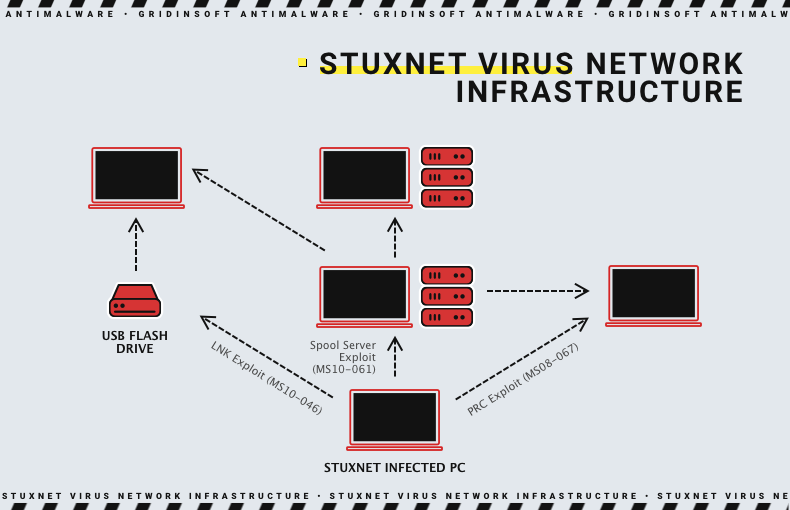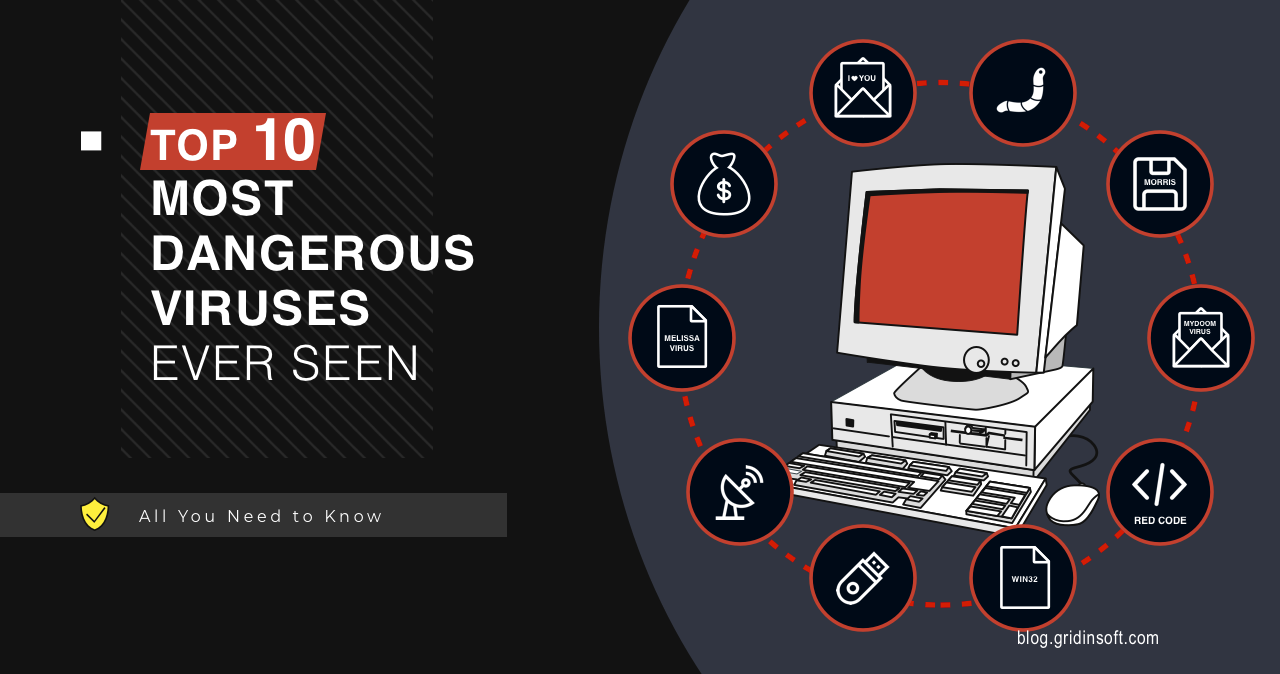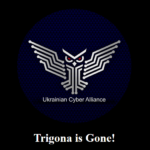Computer viruses really resemble real ones. They can infect thousands of computers in a matter of minutes, which is why we call their outbreak an epidemic. It’s hard to imagine how we could live without antivirus software now, but once it was a reality. But which virus was the most dangerous? I’ve compiled a list of the 10 most dangerous viruses in history to remember how it all began. Let’s begin 😊
CIH Virus (1998)
This virus was created by a student from Taiwan, whose initials were CIH. It began spreading on April 26 – the day of the Chernobyl nuclear power plant accident, which is why many users simply call it “Chernobyl”. This virus is dangerous because it not only overwrites data on a computer’s hard drive, rendering it unusable, but it could even overwrite the host system’s BIOS – after that, the PC wouldn’t be able to boot. No one expected such cunning in 1998. CIH or Chernobyl infected almost half a million computers worldwide. Impressive, isn’t it?
Morris Worm🐛 (1998)
Morris Worm became famous worldwide and gained significant attention through the media. Its creator was the first person (!) convicted in the United States under the Computer Fraud and Abuse Act. Today, this might seem like a common occurrence, but in 1998, no one could expect imprisonment for “some” virtual fraud. November 1998 is remembered as the month when one virus paralyzed the entire Internet, causing $96 million in damages. Quite impressive for one of the first viruses. Due to a minor mistake in its “code,” it continued to install itself an unlimited number of times on one PC, completely disrupting computers worldwide.
Melissa Virus (1999)
This virus is memorable for spreading through email. On Friday, March 26, 1999, people around the world received an email with only one offer: “Here is that document you asked for… don’t show it to anyone. 😉” with an attached Word document. Nowadays, we all understand that it’s a virus, but in 1999, it was something new. Moreover, on the final day before the weekend, a tired mind couldn’t immediately recognize the threat. Those who opened the .doc file (and there were thousands who did) allowed the virus to infect their system and send this email to all the contacts in their account, using their name. Worst of all, this virus modified all the Word documents in the system with quotes from “The Simpsons” TV show. The author of this virus was caught and sentenced to 20 months in prison.
Iloveyou Virus 💖 (2000)
The most romantic virus in our list – the ILOVEYOU virus. Perhaps because of its cute name or its cunning strategy, it infected 45 million users within just two days! How does this virus work? A user receives an email with a file named “LOVE-LETTER-FOR-YOU” with a .vbs (Visual Basic) extension. When it enters the system, it changes all your files, images, music, and then spreads itself to all your contacts through the same email. The damage from this virus was enormous – not the kind of love letter we expect to receive. The creator of the virus was found, but their identity was not disclosed. At the time, the Philippines had no laws against cybercriminals. Lucky, one might say 😊.
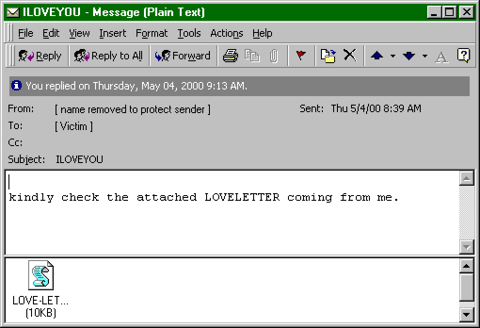
Code Red (2001)
The Code Red virus didn’t need to send emails to infect the Internet. To get infected with Code Red or Bady, you should have been connected to the Internet and opened an infected website displaying the text “Hacked by Chinese!” It spread instantly – in less than a week, almost 400,000 servers and nearly a million PCs were infected. The Chinese indeed put in some effort 🙁.
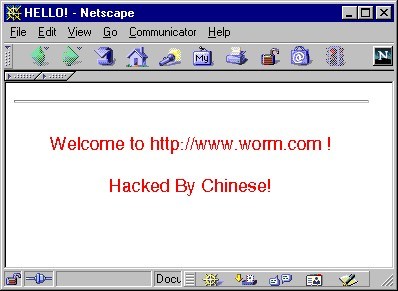
MyDoom Virus (2004)
The MyDoom virus emerged on January 26, 2004. This epidemic managed to infect nearly 2 million PC users. The virus was attached to an email that claimed to be about a shipment error (Ошибка почтовой транзакции). When you clicked the attachment, it duplicated this email to all the addresses present in your contact lists. Stopping it was genuinely difficult because the virus blocked access to the websites of the most popular antivirus programs, as well as Microsoft’s update services. They thought of everything!
Sasser Virus (2004)
The Sasser virus made it to the headlines as it managed to interrupt satellite broadcasts of French television and even affected a few Delta Airlines flights. To infiltrate systems, the virus used a vulnerability in unpatched Windows 2000 and Windows XP systems, instead of traditional email spam. Once the virus infected a computer, it would start searching for other vulnerable systems. Infected PCs would crash and operate unstably. This virus was created by a student who released it on his 18th birthday. He was indeed fortunate to have written the code as a minor, as he received only a suspended sentence. What can you say – a teenager 😊.
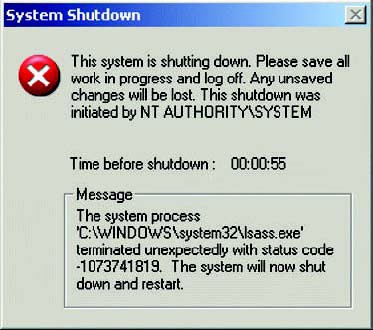
Bagle Virus (2004)
In early 2004, a new virus emerged – the Bagle worm. The Bagle virus infected PC users through email messages. This virus was one of the first to be created for profit, as it gained access to financial, personal, and other information. This marked the beginning of profit-driven malicious software, and it remains a significant problem for many users and antivirus companies today.
Conficker Virus (2008)
The Win32/Conficker worm, or simply Conficker, is a very cunning virus specifically designed to target Windows. By exploiting vulnerabilities in the operating system, Conficker could discreetly bypass antivirus checks and, more importantly, block access to OS updates. It replaced the names of all services and registered itself in various parts of the system, making it practically impossible to find and eliminate all its fragments. It infected over 12 million computers worldwide, prompting antivirus companies and OS providers to enhance their security.
Stuxnet (2010)
In 2010, the Stuxnet virus caused significant harm to global security. It was designed for large industrial facilities, including power plants, dams, waste processing systems, chemical and even nuclear installations. This allowed hackers to control all critical control system elements without being detected. It was the first attack that enabled cybercriminals to manipulate real-world equipment and cause massive damage to global security. Iran was the hardest hit, with 60% of the total damage attributed to the country.
